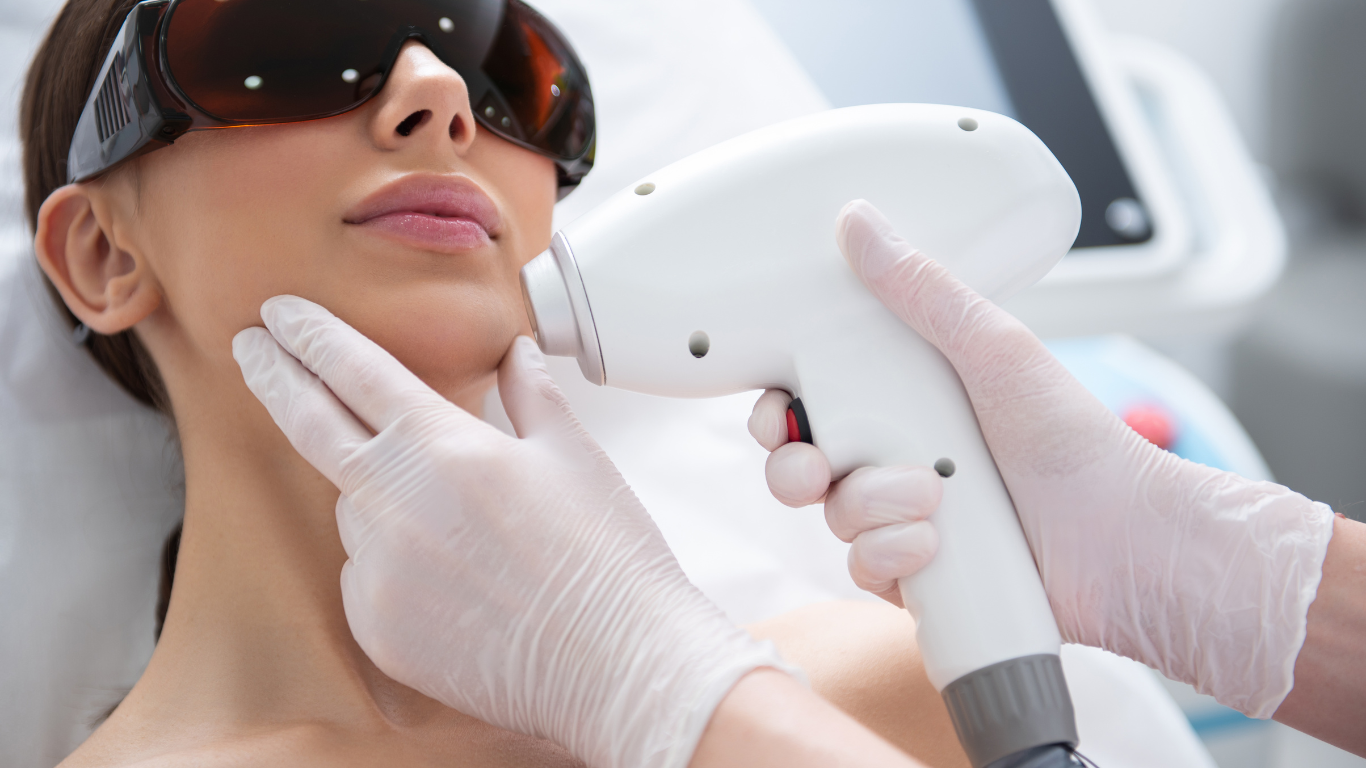Managing Ingrown Hairs Post-Laser Hair Removal

Laser hair removal has become a popular method for achieving smooth, hair-free skin. It offers a more permanent solution compared to traditional hair removal methods like shaving or waxing. However, some individuals may experience ingrown hairs following their treatment, which can lead to discomfort and irritation. Understanding how to manage ingrown hairs after Laser Hair Removal in Dubai is essential for maintaining healthy skin and enjoying the full benefits of the procedure.
What Are Ingrown Hairs?
Ingrown hairs occur when hair grows back into the skin instead of emerging from the follicle. This can lead to inflammation, redness, and sometimes infection. After laser hair removal, the likelihood of ingrown hairs can increase, particularly in individuals with coarse or curly hair. While the laser treatment aims to reduce hair growth, it can temporarily disrupt the hair follicles, resulting in some hairs becoming trapped beneath the skin’s surface.
Importance of Post-Treatment Care
Proper post-treatment care is crucial in minimizing the chances of developing ingrown hairs after laser hair removal. Following your practitioner's guidelines can significantly affect your skin's healing process. This includes avoiding tight clothing, exfoliating gently, and using suitable skincare products.
Keep the Area Clean and Dry
After your laser hair removal session, it's important to keep the treated area clean and dry. Gently cleanse the skin with a mild, fragrance-free cleanser to remove any residual gel or debris from the procedure. Avoid using hot water, which can further irritate the skin, and opt for lukewarm water instead. Pat the area dry with a clean towel, avoiding any vigorous rubbing that could exacerbate irritation.
Moisturize Regularly
Applying a fragrance-free moisturizer to the treated area can help soothe the skin and prevent dryness. Look for products containing aloe vera or hyaluronic acid, as they provide hydration without causing irritation. Keeping the skin moisturized can help reduce the risk of ingrown hairs, as it helps maintain the skin's barrier function.
Exfoliation Techniques
Gentle exfoliation plays a vital role in managing ingrown hairs post-laser hair removal. By removing dead skin cells, you can help prevent hair from becoming trapped under the surface. However, it’s essential to avoid aggressive scrubbing or using harsh exfoliants, as this can lead to irritation.
Use Chemical Exfoliants
Chemical exfoliants, such as alpha hydroxy acids (AHAs) or beta hydroxy acids (BHAs), can effectively promote skin cell turnover without causing physical abrasion. These products can help dissolve dead skin cells and encourage hair to emerge from the follicle. Incorporating a gentle exfoliating product into your skincare routine two to three times a week can aid in preventing ingrown hairs.
Physical Exfoliation
In addition to chemical exfoliants, consider incorporating physical exfoliation into your routine. Use a soft washcloth or a gentle scrub specifically designed for sensitive skin. This can help slough off dead skin without causing additional irritation. However, it's essential to wait at least 48 hours after your laser treatment before attempting physical exfoliation to allow the skin to recover.
Wear Loose Clothing
Wearing tight clothing over the treated area can contribute to the development of ingrown hairs. Tight fabrics can trap sweat and moisture, creating an environment that encourages hair to grow back into the skin. Opt for loose-fitting, breathable clothing, especially in the days following your laser hair removal session.
Choose Breathable Fabrics
Fabrics such as cotton are ideal as they allow for better air circulation. This not only helps keep the area dry but also reduces friction between the fabric and your skin. Avoid synthetic materials that can trap heat and moisture, as this can exacerbate irritation and contribute to the formation of ingrown hairs.
Avoiding Sun Exposure
Sun exposure can lead to complications post-laser hair removal, including an increased risk of hyperpigmentation and irritation. To protect your skin and minimize the risk of ingrown hairs, it’s crucial to avoid direct sunlight on the treated area.
Use Sunscreen
If sun exposure is unavoidable, apply a broad-spectrum sunscreen with an SPF of at least 30 to the treated area. This will help shield your skin from harmful UV rays and reduce the likelihood of irritation. Reapply sunscreen every two hours if you are outdoors for extended periods.
When to Seek Professional Help
While many cases of ingrown hairs can be managed at home, there are instances when seeking professional assistance is necessary. If you notice persistent redness, swelling, or pus-filled bumps around the ingrown hairs, it may indicate an infection that requires medical attention. A dermatologist can provide treatments such as topical antibiotics or other therapies to alleviate the symptoms and prevent further complications.
Consider Professional Extractions
For stubborn ingrown hairs that do not resolve with at-home care, a dermatologist or licensed aesthetician may perform a gentle extraction. This procedure involves safely removing the trapped hair without causing damage to the surrounding skin. Professional extractions can effectively relieve discomfort and promote healing.
Conclusion
Managing ingrown hairs after laser hair removal is essential for maintaining healthy skin and enjoying the long-lasting effects of the treatment. By following proper post-treatment care, including gentle cleansing, regular exfoliation, and wearing loose clothing, you can significantly reduce the risk of ingrown hairs. Additionally, seeking professional help when necessary can ensure your skin remains healthy and free from complications. Embrace your smooth, hair-free skin with confidence, knowing that you are equipped to handle any challenges that may arise post-treatment.